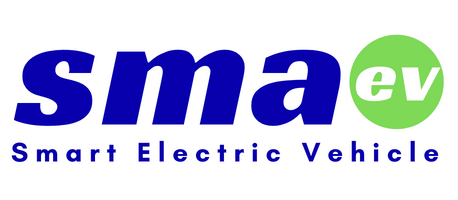Fueled by the global trend towards carbon neutrality and environmental protection, electric vehicles have become the mainstream option for future transportation vehicles. According to the data of the global automotive industry market (Marklines), the global sales of electric vehicles will reach 6.5 million in 2021, and the global automotive electronics market will reach US$360 billion, accounting for about 5% of the total vehicle market shipments; it is estimated that by 2030, electric vehicles Cars will account for about 30% of the overall car market. At present, it seems that the subsequent growth rate may be even faster. It is estimated that in the next 10 years, the total number of electric vehicles in the world will grow by more than 6 times.
As the power heart of an electric car, an electric car needs to be equipped with about 7,000 batteries, and Tesla’s premium top-spec model even needs 8,000 batteries. With the acceleration of the popularization of the electric vehicle market, the total sales volume of batteries is driven by the trend, which strongly stimulates the scale growth of the battery industry. The International Energy Agency (IEA) estimates that the global automotive lithium battery production is 160GWh in 2020, and it is estimated that it will grow to 1600GWh by 2030, which means that the global battery materials market may have room for 10 times the growth.
Electric vehicles have now become the largest downstream application market for lithium batteries, accounting for more than 60% of the total market consumption. Industry analyst firm Benchmark Mineral Intelligence predicts that European demand for lithium metal is 117,000 tons this year, will increase to 250,000 tons in 2025, and may reach 600,000 tons in 2026. According to TrendForce statistics, the total consumption of lithium batteries for electric vehicles in the world last year reached 310GWh, and the demand for cathode materials for lithium batteries also reached about 604,000 tons.
From the perspective of Taiwan’s industry, Hon Hai is actively improving its independent capabilities in battery materials and cells. Electric vehicles will not only focus on “battery technology” as the most important development, but also focus on high-security “lithium iron phosphate batteries” and “solid-state batteries”. Spindle; because of this, the key components of electric vehicles – battery materials are actively fixed. Last year, we invested in Shuohe, a solar conductive pulp factory under Guoshuo Group. 48% of the cores and energy of Shuohe are engaged in the production of lithium-iron battery materials. .
Generally speaking, the power battery is the core component with the highest cost of the electric vehicle, and the battery material accounts for up to 40% of the cost of the power battery, which is the key to the competition of the future vehicle design. Hon Hai’s choice to bet on lithium iron phosphate in electric vehicles has also brought attention to the future development of the original mainstream lithium ternary forces. The solid-state battery is another opportunity for Taiwan to enter the battery industry, but there are still many difficulties to overcome – the price is the biggest problem, as well as the maturity of the process and whether the charging and discharging conditions are suitable for electric vehicles; the most important thing is , the battery still needs to be verified by the car factory, and it will take at least 3 to 5 years to verify this result.
The future development of batteries depends not only on the electric vehicle market, but also the energy storage market. These two are integrated. Solid-state batteries have higher energy density, longer life, faster charge and discharge rates, and lower costs than lithium batteries, and are expected to be mass-produced within the next 10 years.
The importance of batteries in the future will be closely related to the future of human life, not only for electric vehicles but also for energy storage needs in all aspects; safety, charging speed and energy density, battery life and cost, will be the future A key factor in battery development.






